When we think of the most dangerous and bloodthirsty predators on our planet, it’s easy to picture ferocious creatures lurking in the shadows, ready to pounce at a moment’s notice. From the dense rainforests to the vast oceans, these predators have honed their hunting skills to perfection, becoming masters of their domains. Today, we’ll embark on an exploration of some of these awe-inspiring predators, delving into what makes them such efficient and relentless hunters.
1. The Stealthy Komodo Dragon
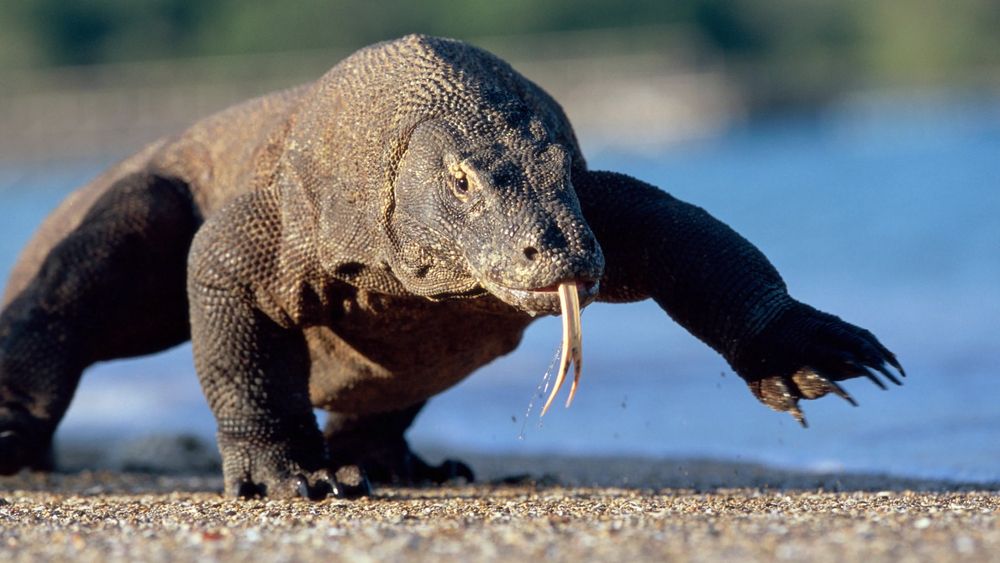
The Komodo dragon, native to the Indonesian islands, is a fearsome predator known for its size, strength, and cunning tactics. As the largest living species of lizard, it can grow up to 10 feet long and weigh over 150 pounds. Its stealthy hunting technique involves patiently waiting for the perfect moment to strike its prey, using its powerful legs to leap forward and deliver a fatal bite. The Komodo dragon’s saliva contains a cocktail of toxic bacteria, which quickly infects its prey, causing them to succumb to blood poisoning. According to National Geographic, these dragons can take down animals as large as deer and water buffalo, showcasing their incredible prowess in the wild.
Once the prey is immobilized, the Komodo dragon uses its serrated, shark-like teeth to tear apart flesh with terrifying efficiency. It’s fascinating to watch how these creatures utilize their keen sense of smell to detect carrion from miles away, drawing them to potential meals. With a digestive system that allows them to process every part of their prey—bones, hooves, and all—Komodo dragons waste nothing. This incredible adaptability and resourcefulness have cemented their status as one of the top predators in their environment.
2. The Mighty and Cunning Killer Whale
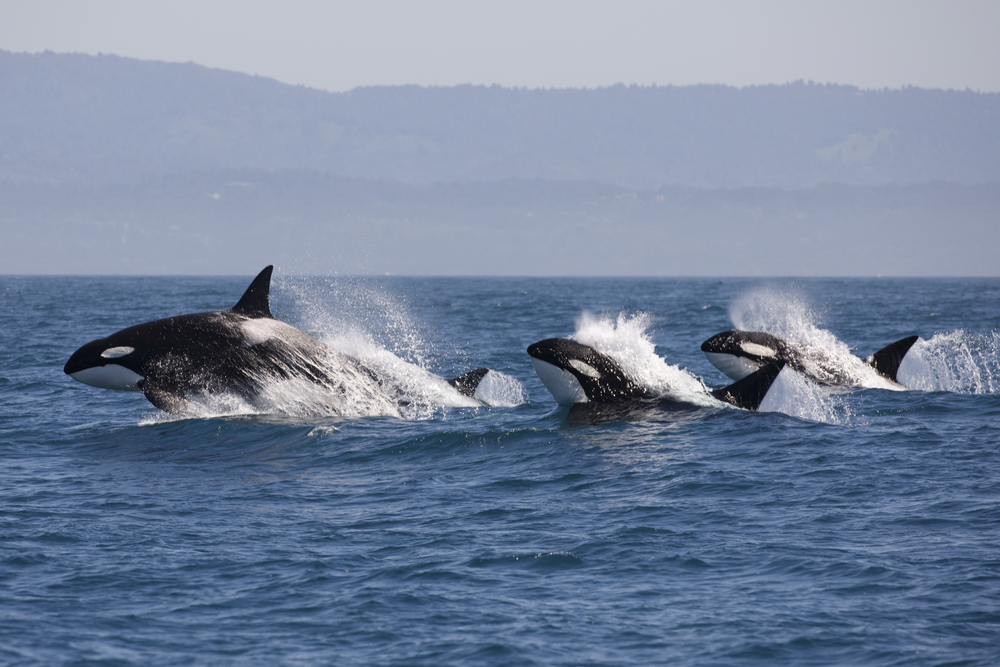
Killer whales, or orcas, are undoubtedly one of the most intelligent and strategic hunters in the ocean. These marine mammals, easily recognizable by their black-and-white coloring, are apex predators, meaning they have no natural enemies. They live in complex social structures called pods, where they communicate through clicks and whistles, coordinating their hunting efforts with precision. These whales employ a variety of hunting techniques, from creating waves to knock seals off ice floes to beaching themselves temporarily to catch unsuspecting prey.
Their diet is diverse, ranging from fish and squid to seals and even other whales, making them versatile hunters. Orcas have also been observed teaching their young the tricks of the trade, ensuring the next generation of adept hunters, according to PBS. Their intelligence, teamwork, and adaptability make them formidable predators in the marine world. The role they play in maintaining the balance of marine ecosystems cannot be overstated, highlighting their importance beyond their fearsome reputation.
3. The Apex Predator of the African Savanna: The Lion
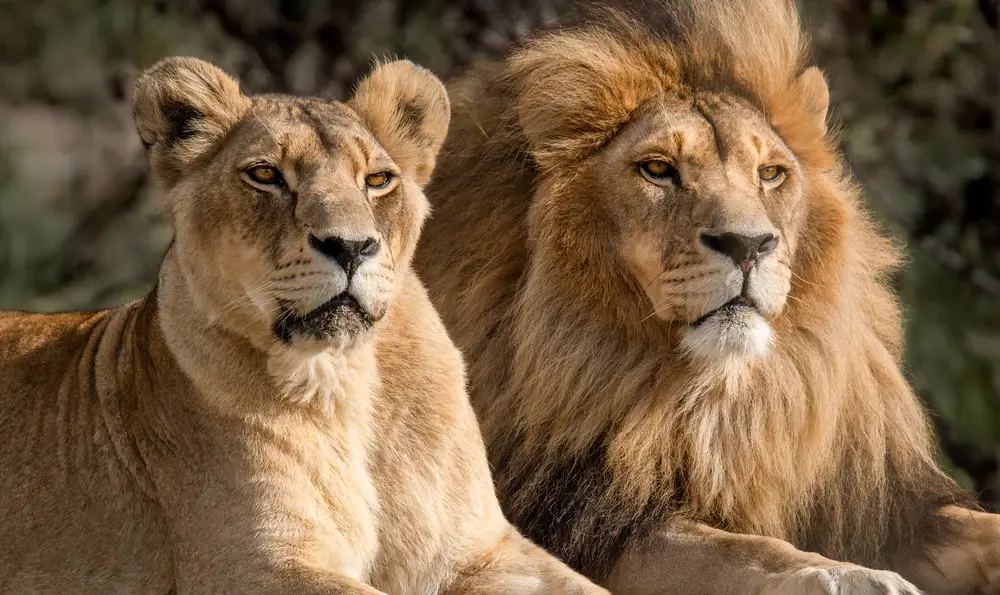
Often referred to as the “king of the jungle,” lions are among the most fearsome predators in Africa. These majestic cats, known for their powerful physiques and social structures, operate in prides that can consist of up to 30 individuals. Their cooperative hunting strategies allow them to take down large prey, such as zebras, buffalo, and even giraffes. According to the BBC, lions use a combination of stealth, speed, and strength to ambush their prey, often working together to exhaust and overpower it.
Male lions, with their impressive manes, are primarily responsible for defending the pride’s territory from intruders. Females, on the other hand, are the primary hunters, showcasing a remarkable division of labor within the pride. Their roars, which can be heard up to five miles away, serve as both a territorial warning and a means of communication among the pride members. Despite facing threats from habitat loss and human-wildlife conflicts, lions continue to embody the spirit of the wild, their predatory prowess a testament to nature’s raw power and beauty.
4. The Versatile Great White Shark
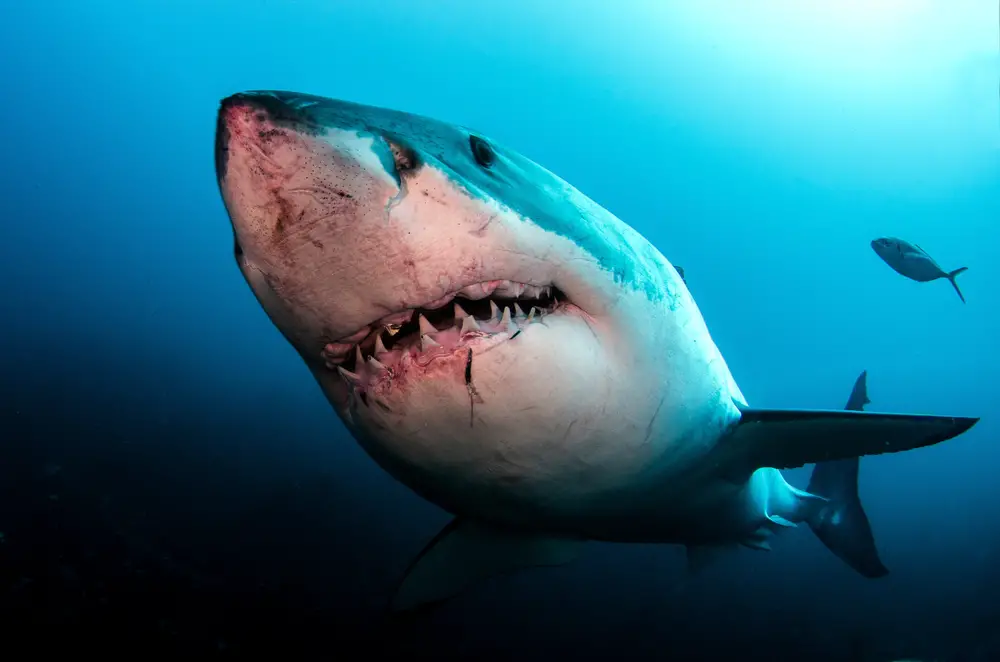
Great white sharks are perhaps the most iconic predators of the ocean, feared and revered for their incredible hunting abilities. With their torpedo-shaped bodies and powerful tails, they can reach speeds of up to 25 mph, making them swift and agile hunters. These sharks rely on their acute sense of smell to detect prey from great distances, zeroing in on even the faintest traces of blood in the water. Their serrated teeth are perfectly designed for tearing through flesh, ensuring that once they bite, their prey is unlikely to escape.
In addition to their physical attributes, great white sharks are known for their strategic hunting methods. They often use a “sneak attack” approach, striking from below to catch their prey unaware. This element of surprise, combined with their raw power, makes them formidable hunters. Despite their fearsome reputation, these sharks are crucial to maintaining the balance of marine ecosystems, controlling the population of their prey and ensuring a healthy ocean environment.
5. The Speedy and Elusive Cheetah
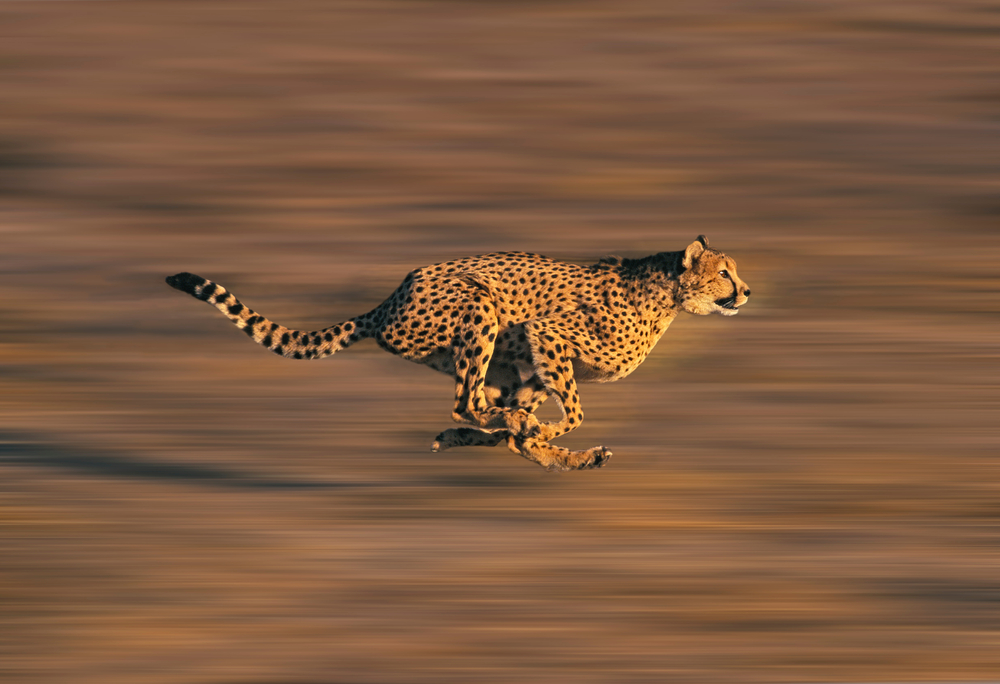
Cheetahs are synonymous with speed, holding the title of the fastest land animal, capable of reaching speeds up to 75 mph in short bursts. This incredible acceleration allows them to close in on prey with astonishing speed, making them one of the most effective predators on the African plains. Unlike other big cats, cheetahs rely on their keen eyesight to spot prey from a distance before engaging in a high-speed chase. Their lightweight bodies and long legs are built for speed, enabling them to outrun almost any animal they set their sights on.
After a successful chase, cheetahs use their sharp claws and strong jaws to subdue their prey quickly. However, their incredible speed comes at a cost; cheetahs tire easily and need time to recover after a sprint, making them vulnerable to scavengers like hyenas and lions. Their solitary hunting style means they must rely on stealth and precision, often hunting during the day to avoid competition. Despite the challenges they face, cheetahs continue to capture the imagination with their unparalleled speed and grace in the wild.
6. The Powerful and Silent Jaguar
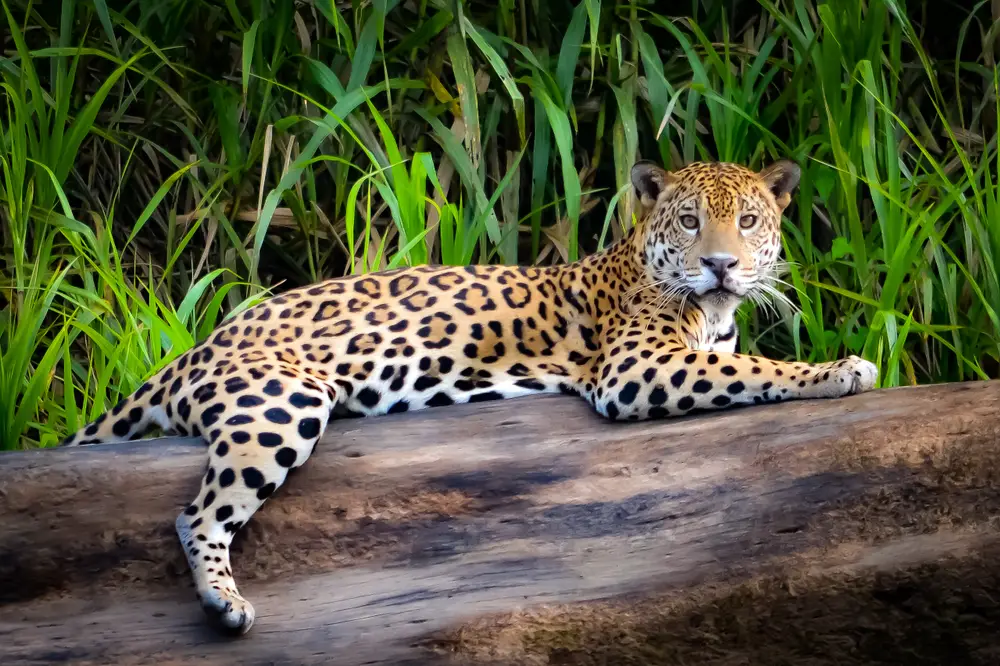
Jaguars are one of the most powerful big cats in the world, with a bite force that can crush the skulls of their prey with ease. Native to the dense jungles of South and Central America, these solitary hunters are known for their stealth and agility. Unlike many other big cats, jaguars are excellent swimmers and are often found near rivers and wetlands, where they hunt a variety of prey, including fish, caiman, and capybaras. Their beautifully patterned coats provide perfect camouflage in the dappled light of the forest, allowing them to ambush prey with deadly precision.
Jaguars have a unique hunting strategy, often employing a “kill bite” to the back of the skull, quickly incapacitating their prey. This method is both efficient and effective, showcasing their incredible strength and adaptability. Their solitary nature means they are often shrouded in mystery, with much of their behavior remaining a secret to researchers. As apex predators, jaguars play a crucial role in maintaining the balance of the ecosystems they inhabit, controlling prey populations and ensuring biodiversity.
7. The Agile and Fearless Harpy Eagle
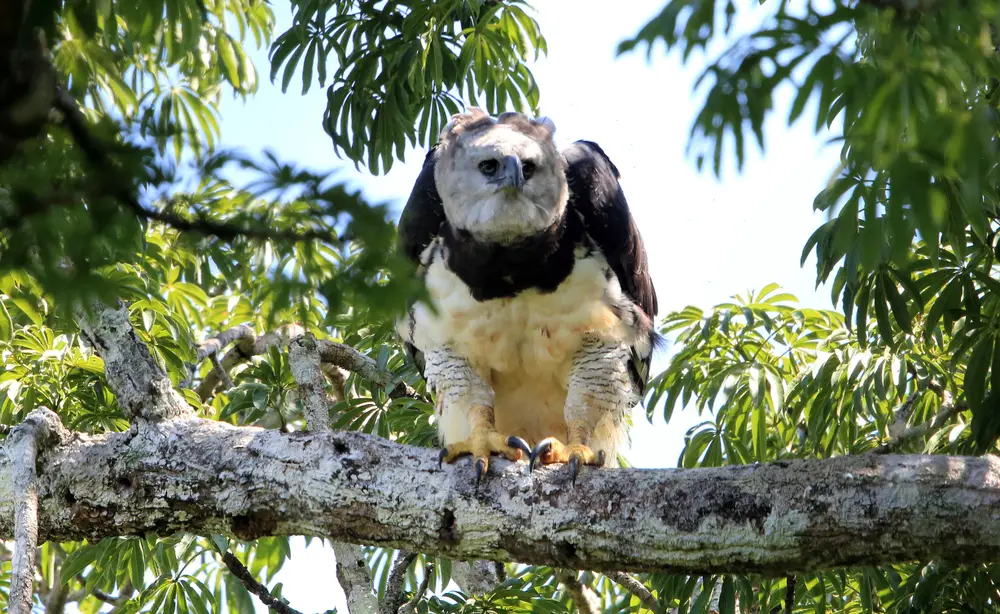
The harpy eagle, one of the largest and most powerful eagles in the world, is a formidable predator of the rainforest canopy. With a wingspan of up to seven feet and talons as large as a grizzly bear’s claws, this bird of prey is a masterful hunter. It uses its keen eyesight to spot prey from great distances, swooping down with incredible speed and force to snatch monkeys, sloths, and other mammals from the treetops. The harpy eagle’s strength is astonishing, as it can carry off prey weighing more than half its body weight.
Despite their fearsome reputation, harpy eagles are incredibly elusive, often nesting high in the treetops where they are seldom seen by human eyes. Their primary role as apex predators is to control the population of arboreal mammals, contributing to the overall health of the ecosystem. Harpy eagles are a symbol of the rich biodiversity of the rainforest, and their presence indicates a healthy, thriving environment. However, habitat loss poses a significant threat to their survival, highlighting the importance of conservation efforts to protect these magnificent birds.
8. The Ruthless and Strategic African Wild Dog
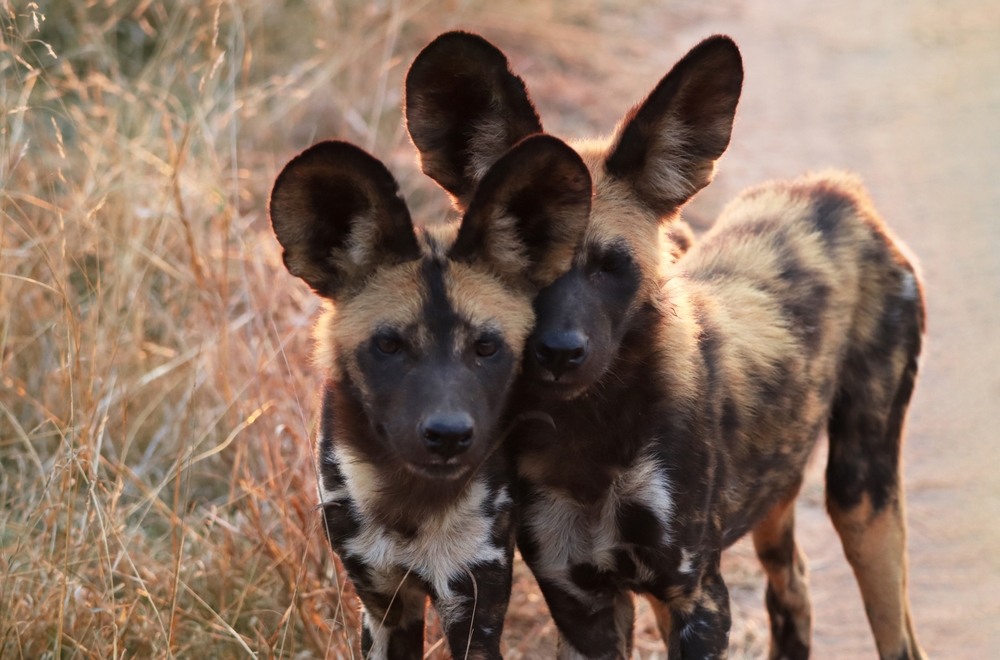
African wild dogs, also known as painted wolves, are highly social and strategic predators known for their intricate pack dynamics and hunting strategies. These canids are renowned for their endurance and teamwork, often chasing down prey for miles before making a successful kill. They communicate using a series of vocalizations, coordinating their efforts to outmaneuver even the most agile of prey. Their hunts are characterized by high success rates, thanks largely to their cooperative tactics and ability to adapt to changing circumstances.
The pack structure of African wild dogs is complex, with a dominant breeding pair leading the group and ensuring the survival of their young. Pups play an important role in the pack, often being fed first after a successful hunt, underscoring the strong social bonds within the group. Despite their impressive hunting skills, African wild dogs face numerous threats, including habitat fragmentation and disease. Conservation efforts are crucial to ensuring the survival of this unique and highly effective predator, whose presence is vital to maintaining ecological balance.
9. The Ferocious and Tenacious Wolverine
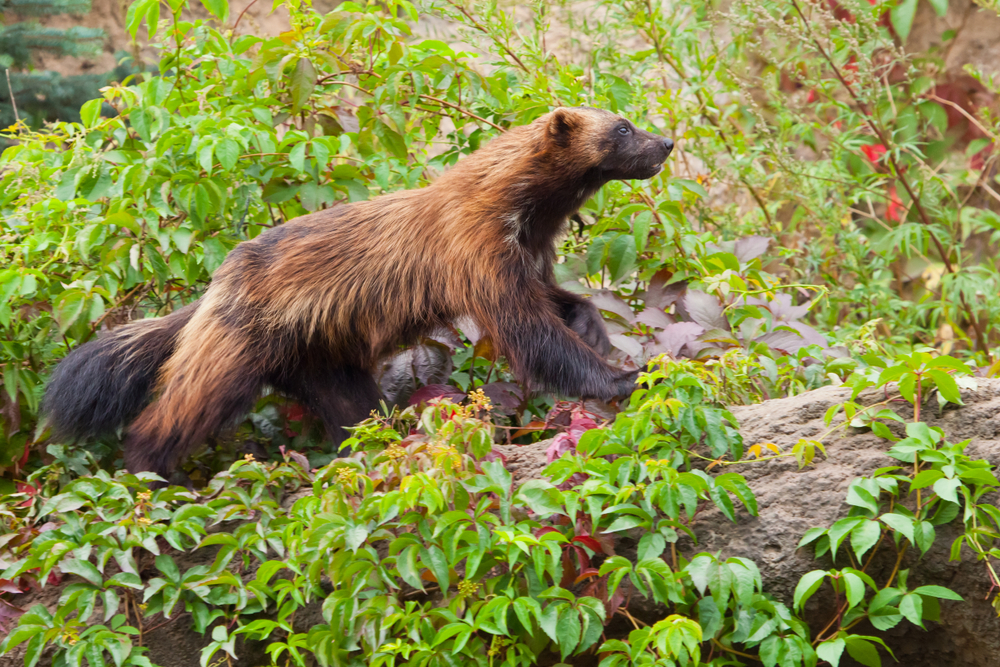
Wolverines, often referred to as “mountain devils,” are known for their ferocity and tenacity, despite their relatively small size. Resembling a small bear, these creatures are found in remote, forested regions of the northern hemisphere, where they roam vast territories in search of food. Wolverines are opportunistic predators, capable of taking down prey much larger than themselves, thanks to their powerful jaws and sharp claws. They have a reputation for being fierce and relentless, often challenging other predators for their kills.
These solitary hunters rely on their keen sense of smell to locate prey and carrion, sometimes traveling over 15 miles a day in search of a meal. Wolverines are highly adaptable, thriving in harsh environments where other predators might struggle. Their ability to consume almost any part of their prey, including bones, fur, and feathers, makes them incredibly efficient. However, their elusive nature and remote habitats mean that much of their behavior remains a mystery to researchers, adding to their enigmatic allure.
10. The Cunning and Adaptable Red Fox
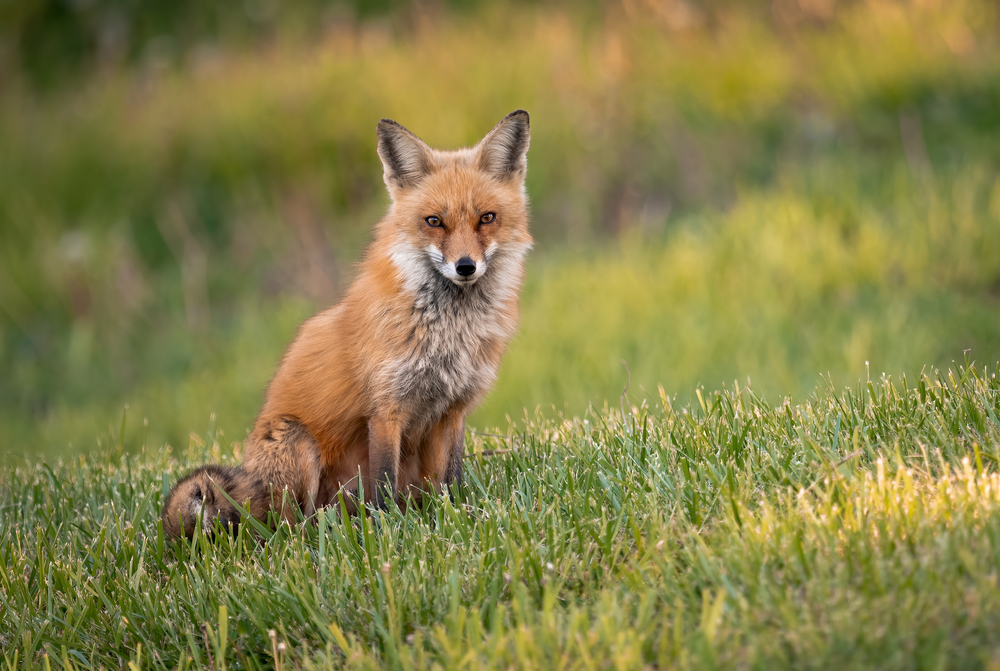
Red foxes, with their distinctive orange-red fur and bushy tails, are among the most adaptable and widespread predators in the world. Found across the Northern Hemisphere, these cunning creatures have a reputation for their intelligence and resourcefulness. Red foxes are opportunistic feeders, with a diet that includes small mammals, birds, insects, and even fruits and vegetables. Their keen sense of hearing allows them to detect the faintest rustle of prey, making them highly effective hunters.
In addition to their hunting prowess, red foxes are known for their ability to thrive in a variety of environments, from urban areas to remote forests. They are highly skilled diggers, creating extensive burrow systems for shelter and raising their young. Despite their adaptability, red foxes face threats from habitat loss and persecution in some areas. Their resilience and cunning make them fascinating subjects for study, showcasing the incredible diversity and adaptability of nature’s predators.
11. The Swift and Deadly Peregrine Falcon
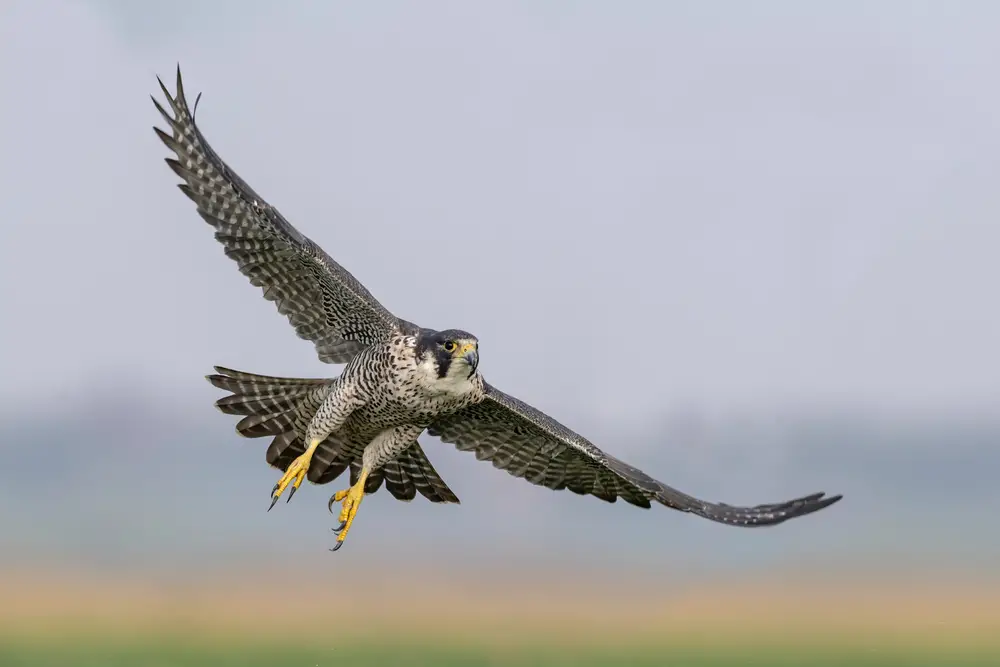
Peregrine falcons are renowned for their incredible speed and hunting prowess, often considered the fastest animals on the planet. These birds of prey can reach speeds of over 240 mph during their iconic hunting stoop, where they dive from great heights to strike unsuspecting birds in mid-air. With keen eyesight and razor-sharp talons, peregrine falcons are exceptionally skilled hunters, often catching prey with astonishing precision. Their diet primarily consists of other birds, ranging from small songbirds to larger waterfowl.
Peregrine falcons have adapted well to urban environments, nesting on skyscrapers and bridges where they find ample hunting opportunities. Their successful recovery from near extinction in the mid-20th century, thanks to conservation efforts, is a testament to their resilience and adaptability. These magnificent birds continue to captivate birdwatchers and researchers alike, embodying the speed and grace of nature’s aerial predators. Their role as top-tier predators highlights the intricate balance of ecosystems and the importance of preserving biodiversity.
12. The Formidable and Resilient Nile Crocodile
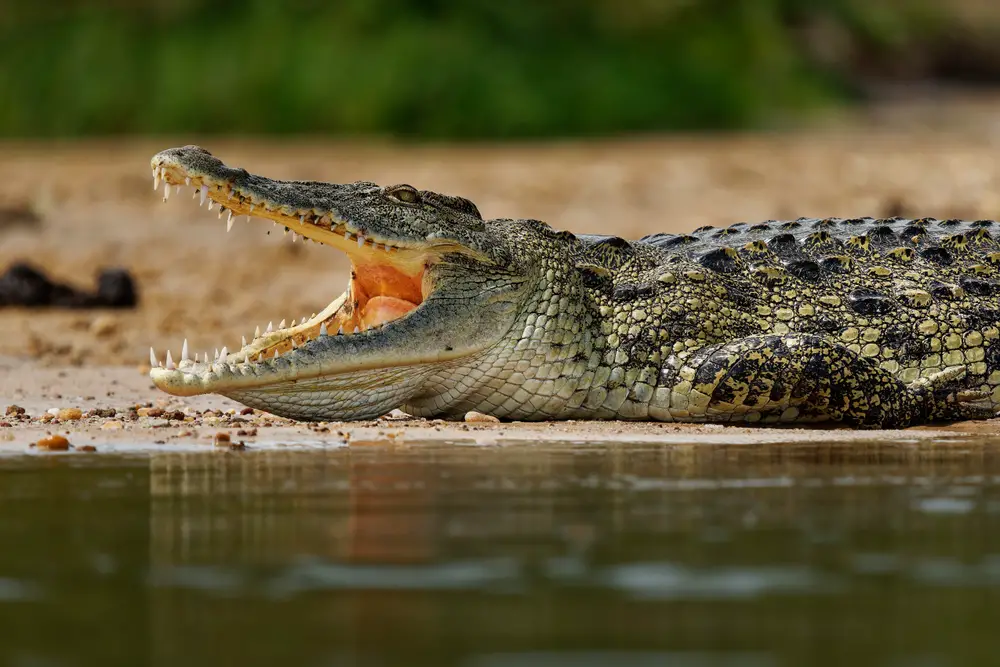
Nile crocodiles are one of the largest and most aggressive reptiles on the planet, with a reputation for being fearsome and opportunistic predators. Found throughout sub-Saharan Africa, these reptiles can grow up to 20 feet long and weigh over 1,600 pounds, making them a formidable presence in the water. Nile crocodiles are ambush predators, lying in wait just below the surface of the water before launching a powerful attack on unsuspecting prey. Their diet is varied, including fish, birds, and mammals, showcasing their adaptability.
Crocodiles have an incredible bite force, allowing them to crush bones and hold onto prey with ease. Their patience and precision in hunting are matched only by their resilience, having survived for millions of years with minimal evolutionary change. Despite their fearsome reputation, Nile crocodiles are essential to maintaining the balance of aquatic ecosystems, controlling fish populations and preventing overgrazing by herbivores. Their survival in the wild is threatened by habitat loss and human conflict, highlighting the need for effective conservation measures.
13. The Stealthy and Calculative Saltwater Crocodile
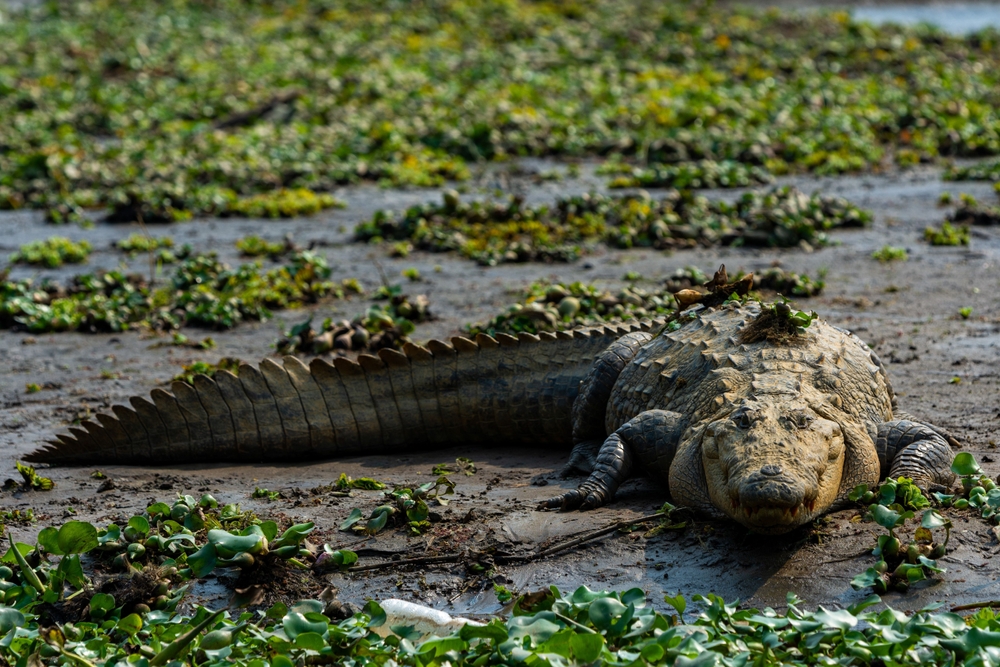
Saltwater crocodiles, often referred to as “salties,” are the largest and most dangerous of all living crocodile species. These apex predators inhabit coastal regions and river systems across Southeast Asia and northern Australia, where they reign supreme. Capable of growing over 23 feet long and weighing more than 2,200 pounds, saltwater crocodiles are formidable hunters. Their powerful tails enable them to move swiftly through the water, while their camouflaged skin allows them to remain undetected until it’s too late for their prey.
Saltwater crocodiles employ a combination of stealth and explosive speed to capture prey, often using the element of surprise to their advantage. Once they seize their target, they employ a “death roll,” a spinning maneuver designed to disorient and dismember prey. Despite their reputation as fearsome predators, saltwater crocodiles are vital to the health of their ecosystems, controlling prey populations and maintaining balance. Human activities, such as habitat destruction and illegal hunting, pose significant threats to their survival, underscoring the importance of conservation efforts for these ancient reptiles.
